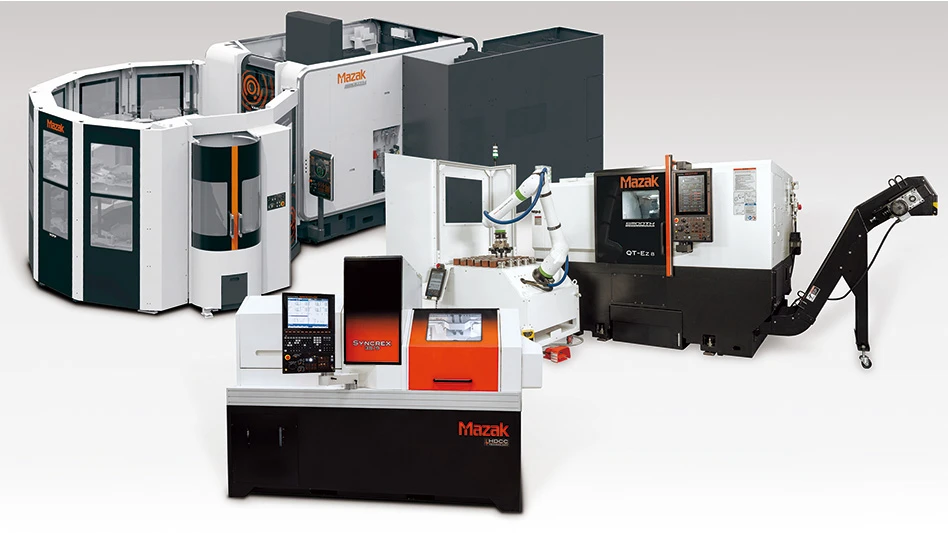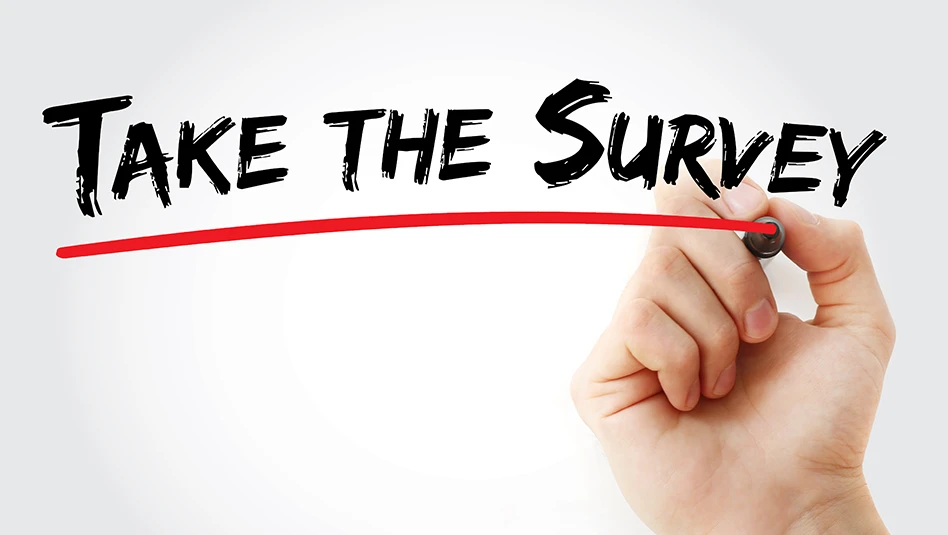
Cleveland, Ohio – Internet of Things (IoT), comprising components such as devices, network connectivity, electronics system, and software, is basically the networking of connected devices or things to transmit the data between them without human intervention. Internet of thing technology, has the potential to revolutionize the traditional paper based healthcare treatment through access of real time patient data and remote patient monitoring. The emergence of this digital healthcare technology, has addressed the impending need for better diagnostics and targeted therapeutic tools. Moreover, it not only provides remote patient monitoring to physicians, but also works as a fitness and wellness tracker for athletes and a dose reminder for patients. Successful implication of IoT in remote monitoring of diabetes & asthma patients, coupled with high penetration of fitness and wellness devices, has created a high demand of Internet of Things in healthcare industry.
The world internet of things in healthcare market, is expected to register considerable growth during the forecast period, attributed to technological advancements, rising incidence rates of chronic diseases, growing demand for cost-effective treatment and disease management, better accessibility of high speed internet, implementation of favorable government regulatory policies and collaboration of top IT companies with healthcare majors. Furthermore, availability of customer friendly devices, increasing need for stringent regulations and decreasing rate of sensor technology are also expected to fuel the growth of the market. However, factors such as high costs associated with IoT infrastructure development, data privacy and security issues, lack of awareness among public in developing regions and limited technical knowledge are likely to impede the market growth. Various factors such as improvement in healthcare infrastructure in developing countries, government initiatives to support IoT platform, high R&D spending, are expected to boost the growth of the market.
The world internet of things in healthcare market was evaluated at $60.4 billion in 2014, and is estimated to garner $136.8 billion by 2021, registering a CAGR of 12.5% over the forecast period. The report segments the IoT healthcare market on the basis of component, application, end-user and geography. On the basis of component, the market is segmented into devices, system and software and services. The devices segment is further sub-segmented into implantable sensor devices, wearable sensor devices and other sensor devices. System and software segment is further categorized into network layer, database layer and analytics layer. Whereas, services segment covers architecture, consulting and application development services. According to the application, the market is segmented into patient monitoring, clinical operation and workflow optimization, clinical imaging, fitness & wellness measurement and drug development. Based on end-user, market is segmented into healthcare providers, patients, healthcare payers, research laboratories of pharma and biotech companies and government authority. Geographic breakdown and deep analysis of each of the aforesaid segments are included for North America, Europe, Asia-Pacific and LAMEA.
Top IT players are entering the IoT healthcare market through collaboration or acquision of the healthcare companies. For instance, in 2014, major chip manufacturer Qualcomm Life Inc. acquired medical device data integration provider Capsule Technologie. Recently, in 2015, tech giant International Business Machine Corporation (IBM) collaborated with Medtronic PLC to provide IoT service for Medtronics medical devices data. With this collaboration, IBM, through IoT implementation can benefit from lucrative opportunities in the healthcare industry.
The report provides a comprehensive competitive analysis of the leading companies operating in the market. Key companies profiled in the report are Apple Inc., Cisco Systems Inc., GE Healthcare Ltd., Google (Alphabet), International Business Machines Corporation, Medtronic PLC, Microsoft Corporation, Qualcomm Life Inc., Proteus Digital Health, Koninklijke Philips N.V. and St. Jude Medical Inc.
Key benefits for stakeholders
- Comprehensive analysis of factors that drive and restrict the growth of the market is provided in the report
- The study provides an in-depth analysis of the IoThealthcare market with current and future trends to elucidate the imminent investment pockets in the market
- The report provides a quantitative analysis through 2014-2021, which would enable the stakeholders to capitalize on prevailing market opportunities
- Extensive analysis of the internet of things in healthcare market, by component, helps in understanding the components of the internet of things that are currently used along with the variants which would gain prominence in future
- Competitive intelligence, among top players helps in understanding the competitive scenario across geographies
- SWOT analysis highlights the internal environment of leading companies for effective strategy formulation
Source: www.acutemarketreports.com
Latest from Today's Medical Developments
- NAMSA will acquire WuXi AppTec facilities in Minnesota and Georgia
- Tolomatic’s Drive Integration Tool
- Cutting Edge Innovations: Maximizing Productivity and Best Practices with Superabrasives
- The toolbelt generation
- Covestro's role in transforming cardiac care
- Practical and Affordable Factory Digital Twins for SMEs
- UCIMU: fourth quarter 2024 machine tool orders on the rise
- Thomson Industries’ enhanced configuration capabilities





